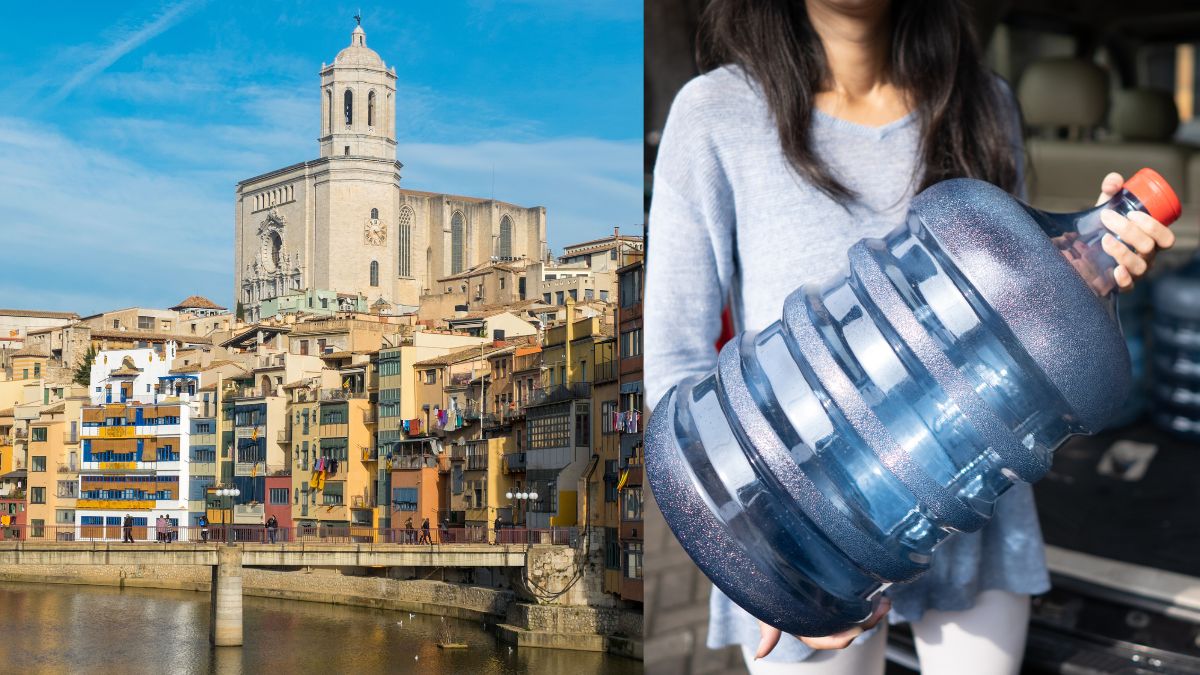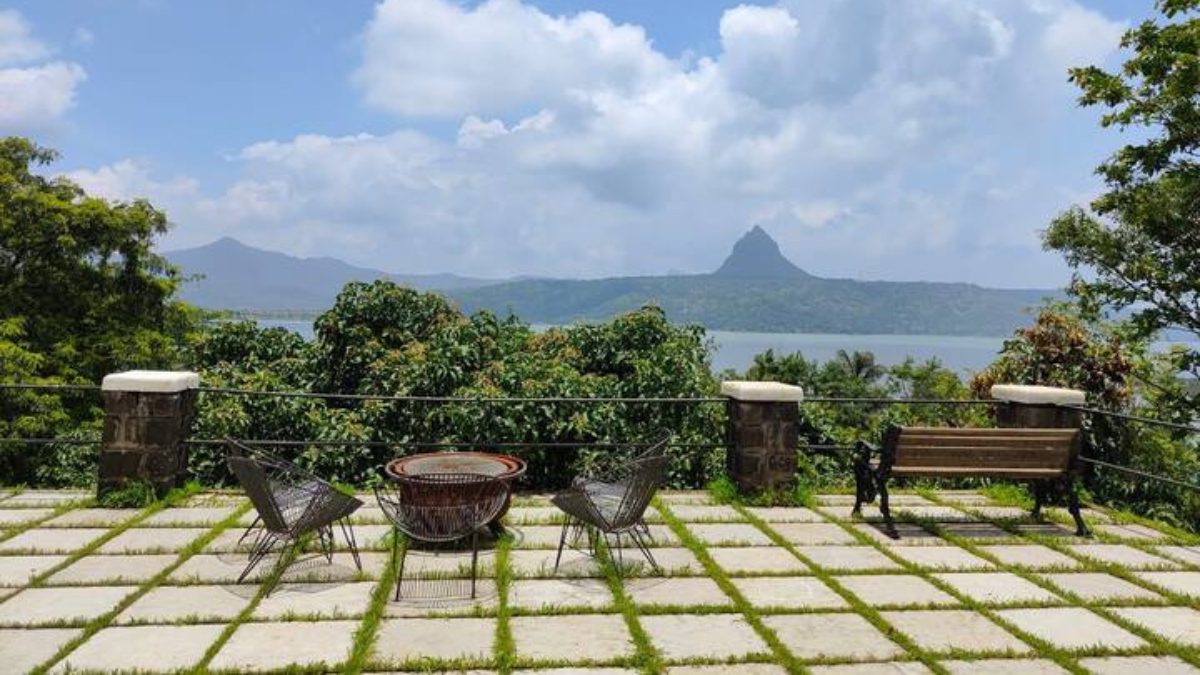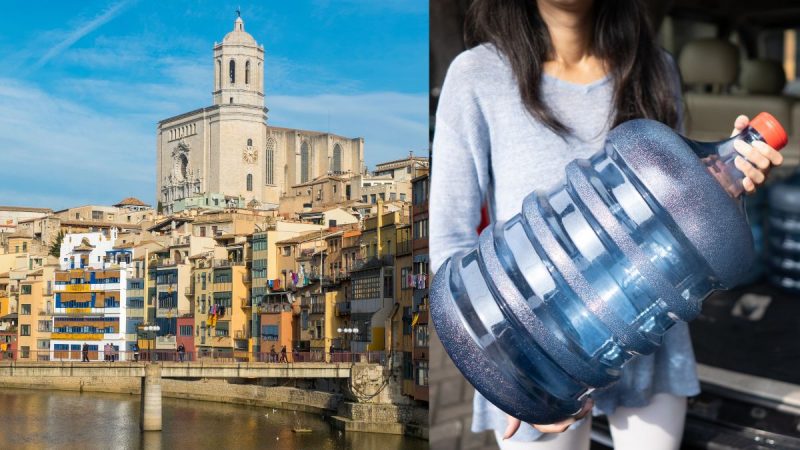Spain’s Catalonia has seen a relentless period of drought in recent years. Now, the region may restrict tourists’ access to the region’s driest areas when it comes to water, if domestic consumption is not reduced.
Catalonia Faces Drought Conditions
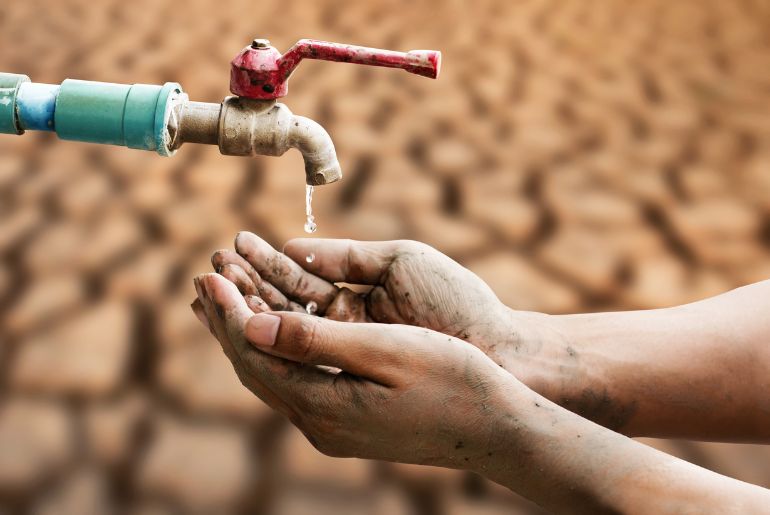
In the present drought emergency for Catalonia, if a municipality does not keep domestic water use by households below established levels for three consecutive months, the restriction of 100 litres (26 gallons) per tourist per day for hotels would come into effect. The regional capital and second-largest city in Spain, Barcelona, uses 160 litres of water per person per day, far less than the current cap of 200 litres, according to Catalonia’s water agency. This covers the uses for drinking and washing that locals make of it.
Nearly 12% of Spain’s GDP is derived from tourism, but groups advocating for water conservation are putting increasing pressure on the country to restrict visitor water use during the drought. The average visitor to Barcelona in 2022 consumed over 163 litres per day, while the amount increased to almost 240 litres for luxury rooms, according to the city’s hotel guild. The limits for tourists would not include the water used to fill swimming pools. In response to requests from hotel owners, the regional government also changed its drought regulations to permit the private use of desalination plants.
In The Grasp Of Drought?
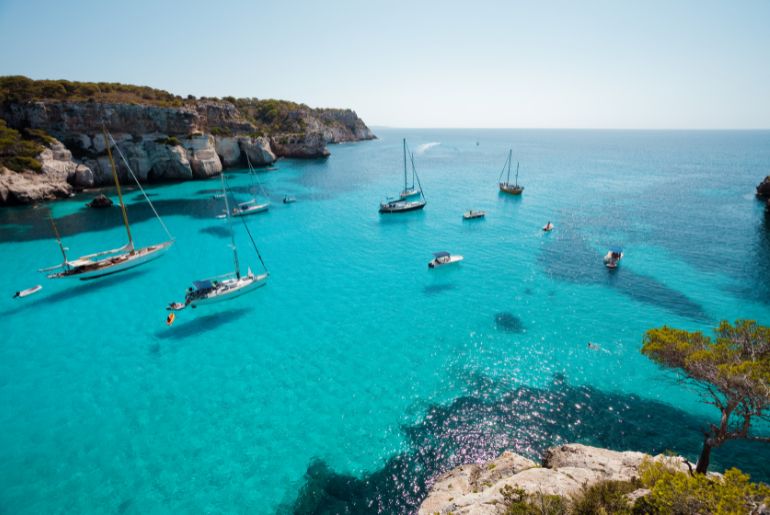
Though this year’s wet spring has improved the situation, Catalonia has suffered the most from a drought brought on by climate change that has also affected regions of southern Spain. Reservoirs for Barcelona and its environs, which were just 15% full, are now 18% full. Nevertheless, Catalonia has maintained its water emergency limits put in place in February to tackle what regional authorities are calling a historic drought. Among these restrictions are 80% reductions in average water use for agriculture irrigation, 50% reductions for herd animals, and 25% reductions for industry.
At the heart of Catalonia’s tourism industry lies the vibrant city of Barcelona, a cosmopolitan hub renowned for its architectural masterpieces, cultural institutions, and gastronomic delights. As one of Europe’s premier tourist destinations, Barcelona welcomes millions of visitors each year, whose presence transforms the urban landscape and fuels the city’s economic prosperity. Yet, amidst the bustle of tourism, Barcelona grapples with the challenges of water scarcity and environmental degradation. The nexus between Catalonia’s drought conditions and tourist influx is rooted in the region. As the region grapples with the enduring legacy of drought, the imperative for action grows ever more urgent.
Cover image credits: Canva
First Published: April 18, 2024 6:07 PM
